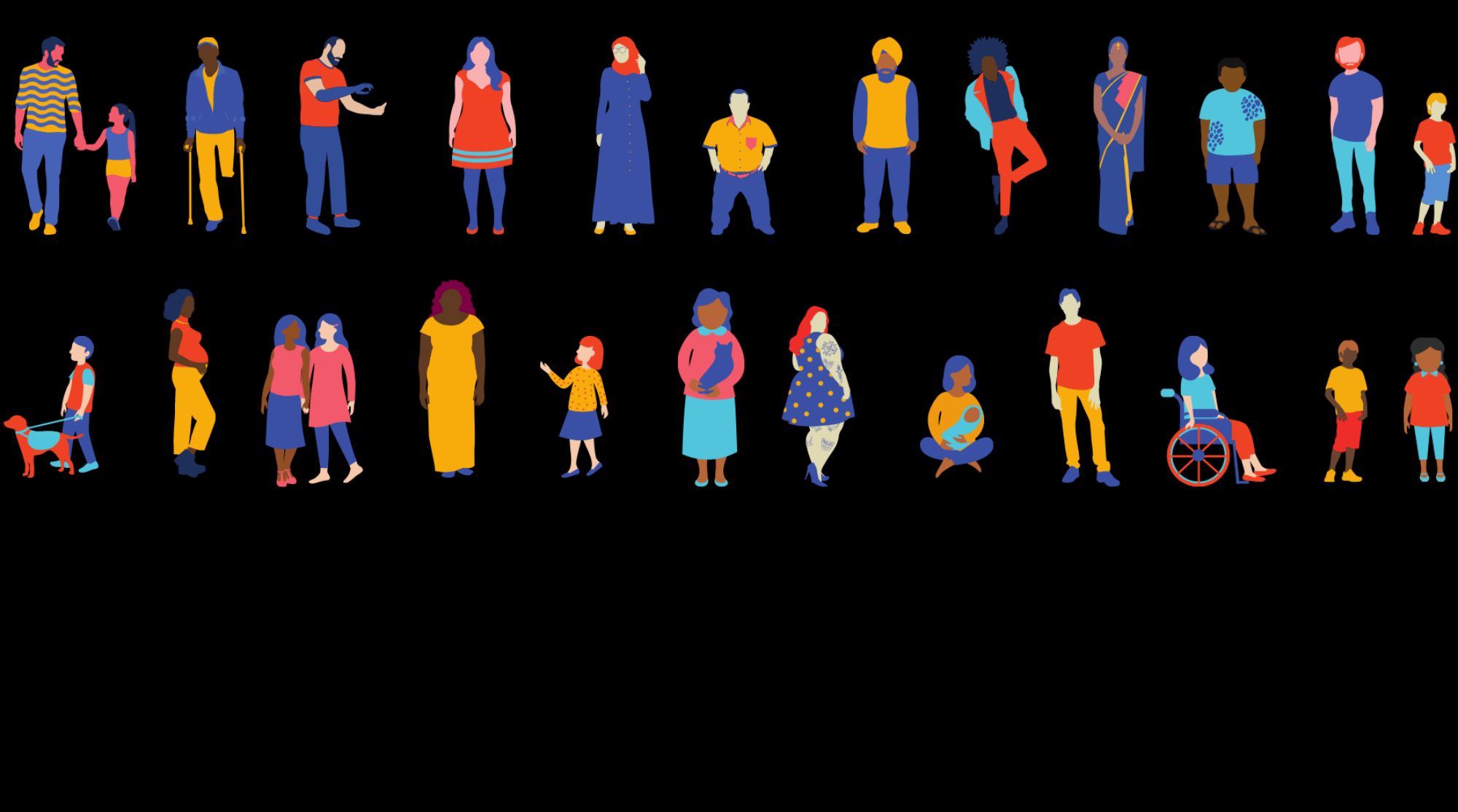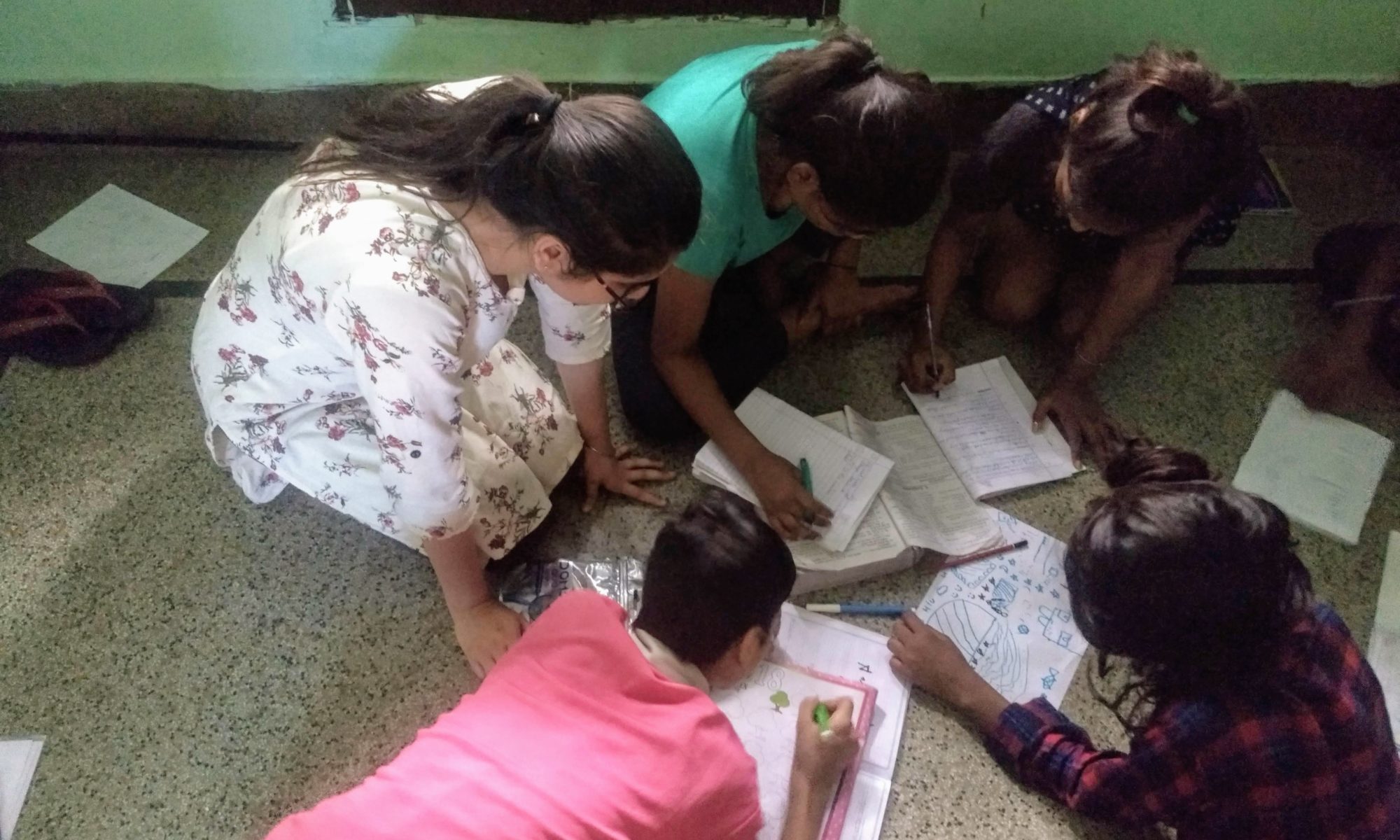In a report by the World Bank Group (2018), 10 countries had a significant number of migrant children who had been living without their parents. This movement of the children within national boundaries has been enormous in India. Among the many organisations that work towards combating this phenomenon is Salam Balak Trust (SBT) and this is where this research had taken place. SBT pioneers in aspects of inclusion and providing basic education, medical health facilities and institutional care to migrant children. The children in their centres mostly hail from states of Delhi, Bihar, Jharkhand, West Bengal, Orissa, Punjab, and Maharashtra.
Participatory research methods help us to better understand the lives and experiences of children. The creative and visual methods help in developing communication, bond, faith and enhanced engagement. Moreover, it allows researchers to initiate discussions to explore the any topic that one is interested in exploring with children in comparison to other mundane methods. However, there can be some disadvantages for incorporating such methods. For example, not all children consider it to be fun and others may be inhibited by their capabilities. Older children may call it ‘babyish’ and not interesting. Beginning such methods with very small exercises acting as icebreaker games creates a happy and comfortable environment.
Participatory methods have proved to be an extremely handy tool for children in the age bracket of 10 years and above. As a researcher working on child migration in an urban setup, the approach was to enable participants to use and engage using the tools in order to gain in-depth knowledge on the marginalised and often neglected section of our society. It was quite an emotional experience for both participants and the researcher that enables children to not only have time full of fun and frolic but as well as engage with other children to enhance stimulation. Pain and Francis (2003) explains how participatory techniques create a space of inclusive accounts among the participants by enabling them to make use of their own words and frameworks of understanding through a range of exercises such as mapping, drawings and similar techniques.
- Drawing maps or plans
A popular participatory method used in many studies to gather information about significant spaces for children and to explore their perceptions of these places. This tool enables children and young people to explore the risks they face such as in their local communities, to identify protection factors in their local communities, also identifying the risks they most want to change. It provides views and opinions on their current situations. For instance, drawing a village or a community with the help of other children of the group or the researcher.
- Thought showers
A popular tool to explore their views and ideas. Children are asked to write or draw a picture in the middle of a large piece of paper to enquire what ideas come into their heads associated with that word or thing. The picture drawn will act as a stimulus for children to think about the journeys and decisions taken, fears faced and cultural context of the environment they are and have come from. Such as, how do you feel around say, a brother or father, how do you like your village and similar circumstances.
- Drawings
As a method, it is regarded as an appropriate warm-up activity to enable the children to become familiarized with the adult researcher. The use of drawing gives children time to think about what they wish to portray. The image can be changed and added which gives children more control over their form of expression, unlike an interview situation where responses tend to be quicker and more immediate.
- Tree activity
This is specially designed as an assessment exercise helping to initiate discussions on resilience and stress factors in the lives of participants. To initiate this activity, pens, A4 size paper and a quiet space are the basic requirements. Children are often good at making and listening to stories. Hence, in this activity they think of themselves as a tree and draw or write on the roots about the things or people who keep them safe and sound. This activity is great when one wants to know about personal/innate attachments of the child in the family or maybe how he/she deals with a person they don’t like.
While the roots represent resilience factors in the life of the child, the trunk will show the strengths and positives surrounding them. The leaves and branches will explain the vulnerabilities, risks, negatives and stress factors in their lives. In this activity, questions such as who looks after you, supports physically and emotionally, what qualities this person has that makes the child comfortable, what skills did you use? How did you feel after you coped with it?
From the many experiences during the 6 months duration of incorporating participatory methods, I have learnt a lot.. For example, the activities that are prescribed and many more that one wants to conduct needs proper planning and execution. Chances of children leaving during the activity is normal and high. Therefore, it must be planned and initiated according to the age and interest related children groups. One should know the characteristics and interests of the children they want to involve to make smooth beginnings and endings of each activity.In addition, it is recommended to create small groups of less than 10 people (in each group) in order for children to enjoy the whole process in a group setting and gauge their interests for longer hours. At the end, just go with the flow and enjoy the journey with children!!
The author of this blog is Yukti Lamba, PhD Candidate in Social Work at the University of Edinburgh.
REFERENCES
World Bank Group. (2018). Migration and Remittances. IDEAS Working Paper Series from RePEc.
Pain, R., & Francis, P. (2003). Reflections on participatory research. Area, 35(1), 46–54. https://doi.org/10.1111/1475-4762.00109
Darbyshire, P., Macdougall, C., & Schiller, W. (2005). Multiple methods in qualitative research with children: more insight or just more? Qualitative Research, 5(4), 417–436. https://doi.org/10.1177/1468794105056921
Morrow, Virginia. (2008). Ethical dilemmas in research with children and young people about their social environments. Children’s Geographies.
Punch, S. (2002). Research with Children: The Same or Different from Research with Adults? Childhood: A Global Journal of Child Research, 9(3), 321–341. https://doi.org/10.1177/0907568202009003045
Wosu, H., & Tait, A. (2013). Direct work with vulnerable children : playful activities and strategies for communication. London: London : Jessica Kingsley Publishers.


